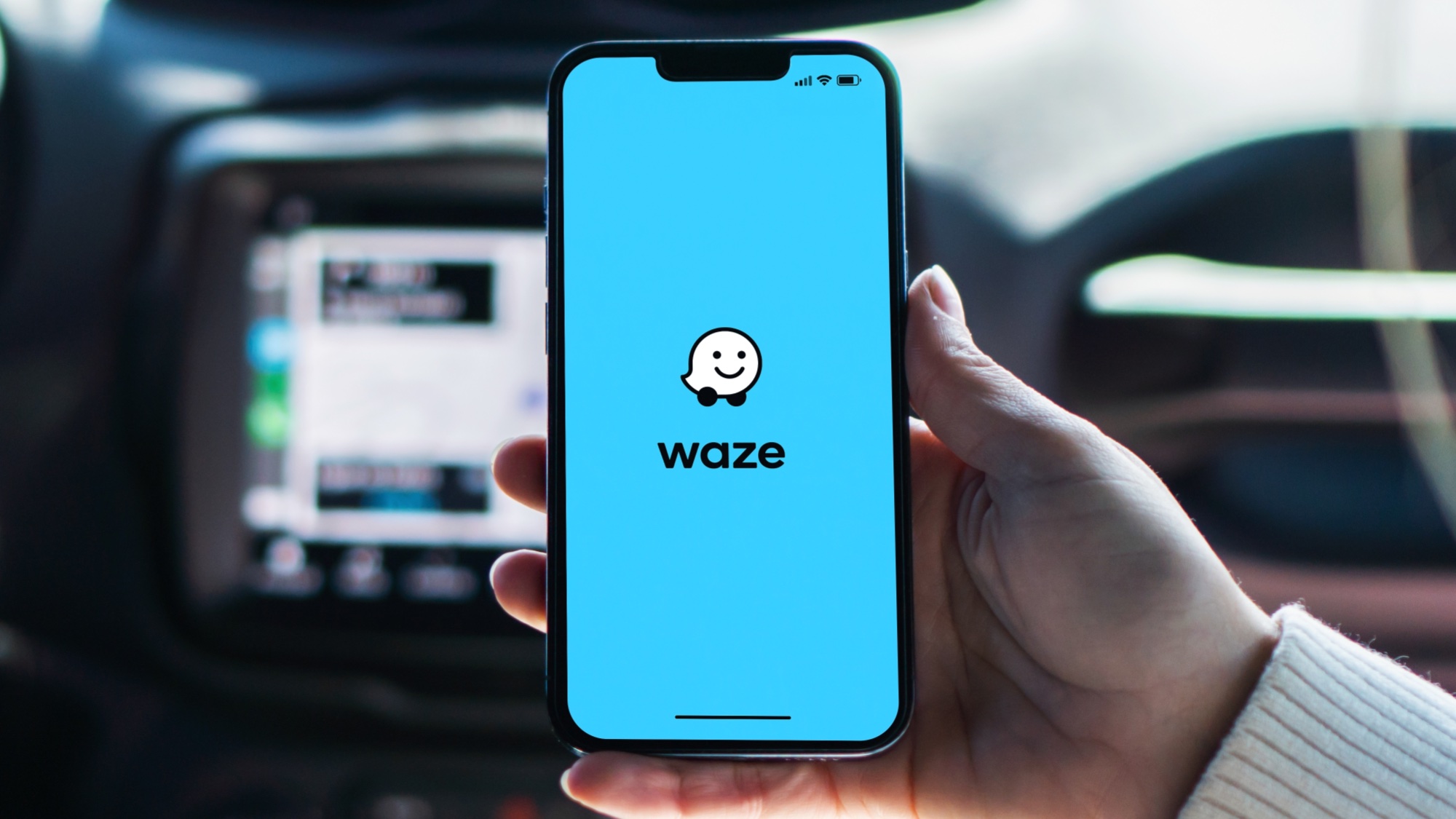The Tech Challenges to Photorealistic Games
Some predict photorealistic video games within a decade, but others say the required ray tracing tech simply won't be possible in that timeframe.
When will video games be photorealistic?

At the Develop games conference this July, Epic Games founder Tim Sweeney made a bold pronouncement: "[Videogames will be] absolutely photorealistic within the next 10 years," he told the audience. In other words, developers will be able to make video games that, even when played in real time, will look indistinguishable from reality.
Sweeney's in a pretty good position to comment: Epic Games makes the Unreal Engine, the underlying system (often called an engine) that powers many modern games, including "Borderlands 2," "Spec Ops: The Line" and the "Mass Effect" series.
MORE: 10 Most Graphically Stunning Games of All Time
But then, so is Henrik Wann Jensen, a researcher at the University of California, San Diego's Computer Graphics Laboratory. Jensen pioneered the technique of subsurface scattering — or simulating how light strikes a semi-translucent object such as glass, water or seashells, and then bounces off of it. Jensen says that it will take longer than 10 years to achieve true photorealism in all types of scenes.
That's because you'd need to produce "global illumination," or a virtual simulation of how light behaves in the real world.
The holy (graphics) grail
Global illumination has been called the holy grail of computer graphics, and a technique called ray tracing is the most reliable and accurate method for achieving it.
Ray tracing is essentially an algorithm that computes the real-time location of millions of light rays as they travel through a virtual scene and reflect off of objects. The algorithm calculates shadows, shades and textures.
Get instant access to breaking news, the hottest reviews, great deals and helpful tips.
"If you want photorealism, then there's no way around ray tracing," Jensen told Tom's Guide. "The technology used today is limited, and [3D designers are] running into a wall," he said.
Movies have used ray tracing for years. It's also used frequently in advertising; instead of photographing a product, the advertisers will create a mathematically perfect digital model, and use ray tracing to make the image seem realistic.
In those cases, ray tracing isn't done live; instead, the scenes and images are compiled long before an audience views them. With video games, however, ray tracing has to be done live, which makes the process more difficult.
Real-time ray tracing has also been achieved in various experimental projects, such as Daniel Pohl's ray-traced "Quake 3" demo, but the technique currently requires more processing power than commercial PCs can offer.
Jensen doesn't see that problem going away in 10 years.

Current page: When Will Video Games Be (Truly) Photorealistic? - Tom’s Guide
Next Page Photorealistic Video Games - What Is Photorealism - Tom’s GuideJill Scharr is a creative writer and narrative designer in the videogame industry. She's currently Project Lead Writer at the games studio Harebrained Schemes, and has also worked at Bungie. Prior to that she worked as a Staff Writer for Tom's Guide, covering video games, online security, 3D printing and tech innovation among many subjects.
-
KelvinTy Even for pre-rendered cut scenes, the quality totally depends on the developers. Take ME3 for example, they have the ability to render things in much higher resolution, yet, the 8bit background graphics is more like it's from '02 or '03.Reply
Having the tech and not using it is the biggest problem, not the tech itself. -
dark_knight33 ReplyJill said:But even SVOGI, if it's true SVOGI, is too demanding for commercial gaming devices; the technique would require a machine of at least 1 teraFLOP capacity. For perspective, that's 40 times more powerful than the Xbox 360.
The GeForce GTX TITAN:
Delivers 4.5 Teraflops of single precision and 1.3 Teraflops of double precision processing power.
Doesn't the Xbox 360 look like the poor cousin?
Truth: Consoles are what's holding games back.
-
xomm Yeah, the statement claiming 1 TFLOP is too much for commercial gaming is kinda dated. The Xbox One, PS4, and most $150+ graphics card have that kind of power.Reply -
mirrormirror666 this article is so full of horse shit. ray tracing is not the holy grail of graphics. ray tracing does not offer TRUE PHOTOREALISM. ray tracing is just much better than rasterization but you still have to do plenty of trickery in order to recreate some optical effects ( like caustics ) which only come naturally with path tracing.Reply
path tracing is a simpler (but yet more demanding algorithm) which also offers global illumination, while ray tracing does not. global illumination is very important in having photorealistic graphics.
with path tracing you don't have to resort to tricks to implement various effects like you have to do with raytracing.
and path tracing is not a SHORTCUT like the article mentions. path tracing is a full algorithm which solves the illumination equation in the full, it's also a so called "unbiased" algorithm. Last but not least, path tracing was not invented by that obscure company called "caustic", it's a well known algorithm.
Don't let the marketing guys trick you, ray tracing is just a jump forward, the final solution is path tracing.
